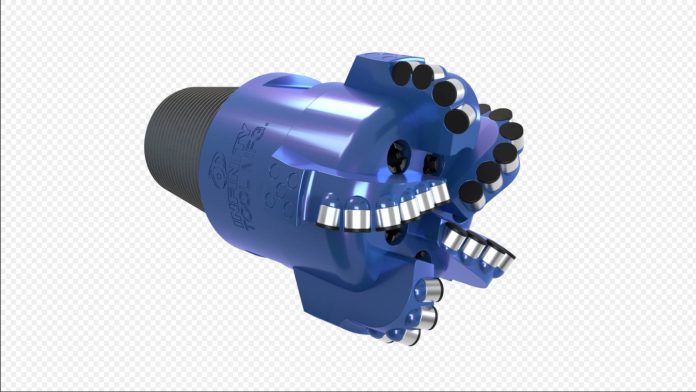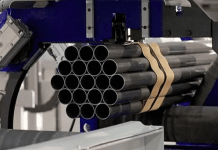In recent years, one of the most significant developments in oil drilling tool materials is the polycrystalline diamond, used to make polycrystalline diamond compact (PDC) bits. Bits with a fixed head revolve as a unit and do not have any independent moving elements. PDC bits are what most people refer to when they talk about fixed-head bits with PDC cutters. Bits with PDC cutters have gained in popularity since their introduction in 1976. They are now nearly as prevalent as roller-cone bits in many drilling applications. Click here to learn more about it.
PDC Drill Bit in Drilling Industry
PDC is crucial to the drilling industry because it combines several small, cheap, synthetic diamonds into massive, intergrown masses of randomly oriented crystals that may be shaped into diamond tables. A cutter’s diamond table is the component that makes contact with the formation being cut. In addition to their hardness, PDC diamond tables offer another quality that makes them helpful in cutting drill bits: They braze (attach) to bit bodies and form strong bonds with tungsten carbide compounds. Diamonds cannot be brazed or bonded together without the presence of another material.
The lifespan of a cutter is comparable to that of a bit. The elements of the bit body must provide both structural support and efficient alignment for optimal performance. They need to be oriented so that compression forces are the only ones acting on them when they’re in use. Braze material with sufficient structural capabilities and suitably deposited cutters is essential for loss prevention.
Cutter Density
Bits have their cutters carefully arranged on the face to reach the entire bottom of a hole. When discussing drill bits, the term “cutter density” describes the total number of cutters. The density of cutters on a PDC bit depends on the profile’s geometry and length and the cutters’ dimensions, materials, and numbers. Due to the rising demands for work, as the radial distance from the bit centerline grows, cutter redundancy tends to grow from the bit’s center to its outer radii. Those cutters closer to the gauge have a longer and faster journey ahead of them and more rock to chip away. Regional cutter density can be analyzed by shifting each cutter’s position onto a single radial plane.
You can use the most durable drilling tools on the market and still cut down on visits with the help of the Dynamus extended-life drill bit. Its new high-strength body helps bits last longer during rigorous operations. It dampens vibrations to protect your BHA from wear and tear.
The number of blanks, their arrangement, the configuration of the jets, and the evolution of the waterways are all design variables. When drilling in areas where sticky deposits are not an issue, PDC bits may drill three to four times as much material as a traditional roller bit in the same amount of time.
Machined steel and a matrix body method are used to produce PDC bits. Matrix production is a lot like making diamond pieces. Unique methods are used to fasten the cutters to the bit. There is less erosion of matrix bodies.
Types of PDC Bits
PDC cutters’ shapes are increasingly being taken into account. The original circular design is still widely used by manufacturers. However, there are numerous R&D initiatives aimed at bettering the design and drilling efficiency.
PDC bits help drill extended, low-abrasive-ness shale sequences. Drilling whole sections in one run is common in these formations because of their high ROP and long life. PDC bits are typically not the best choice when drilling in a very abrasive well or cemented sand sequences. PDCs are susceptible to chipping and breakage when drilling into compact siliceous rocks. It may also cause the ROP and bit life to be lower than planned.
Hybrid PDC bits are recommended when drilling heterogeneous formations with alternating shales and shale limestone sequences. Diamond studs back up the PDC cutter on this bit. The diamond stud reduces stress on the PDC cutter by taking up the slack when drilling through more robust, abrasive string materials.
Bladed hybrid PDC bits may be necessary for drilling through rugged rocks. These bits’ deep watercourse allows optimal fluid flow across the cutter, significantly lowering friction temperatures. This effective cooling will aid in reducing the likelihood of PDC cutter breakage.
Drilling mobile polymeric structures, such as salt sections, requires eccentric PDC bits. These parts have proven effective in places prone to stagnant pipework due to excess salt. When designing mud motors or turbines, drilling engineers may consider using lengthy bits with a tapered shape. Radial jetting bits also lessen the likelihood of the cutter overheating due to friction when powered by a motor or turbine.










